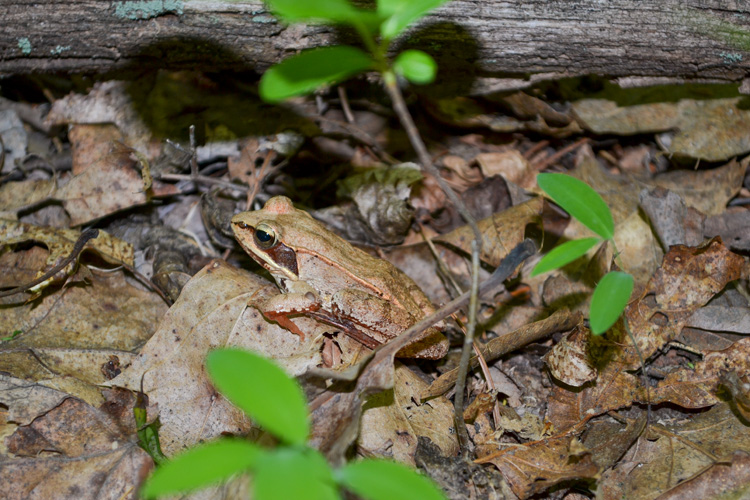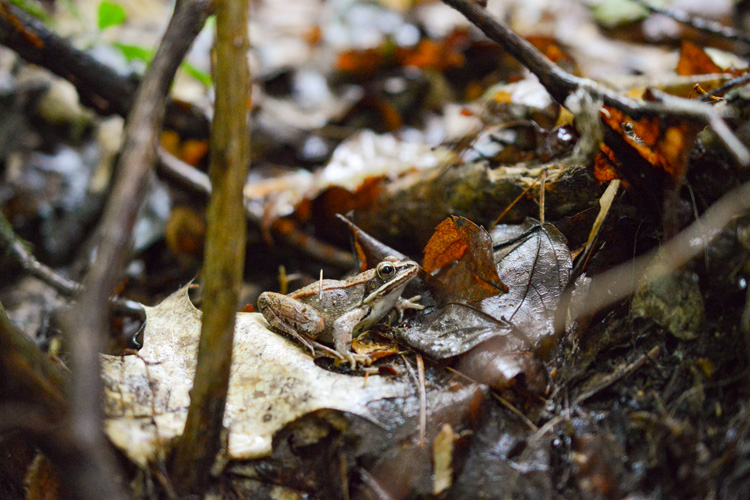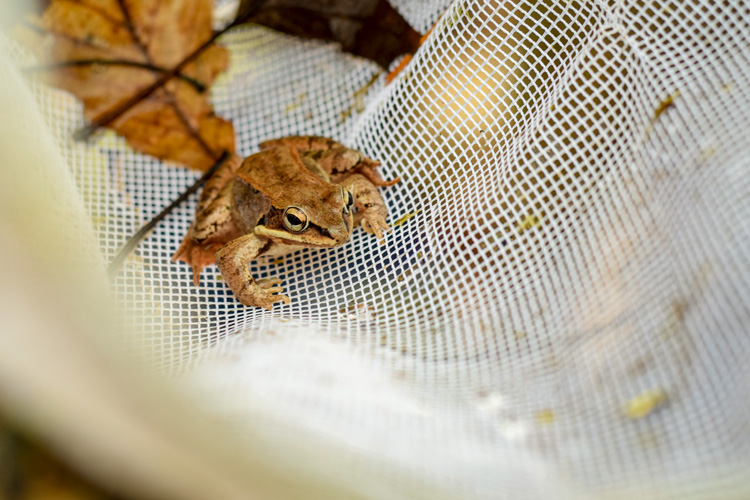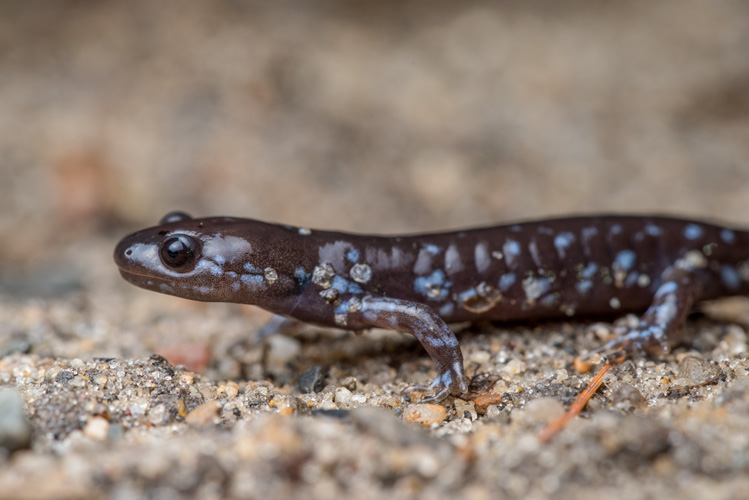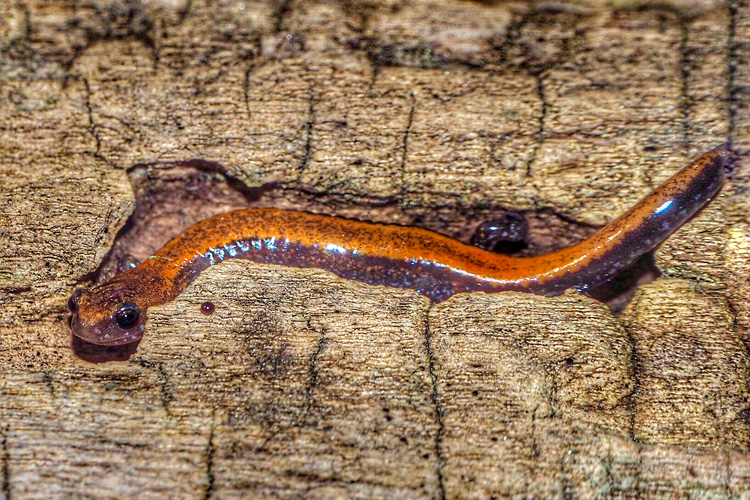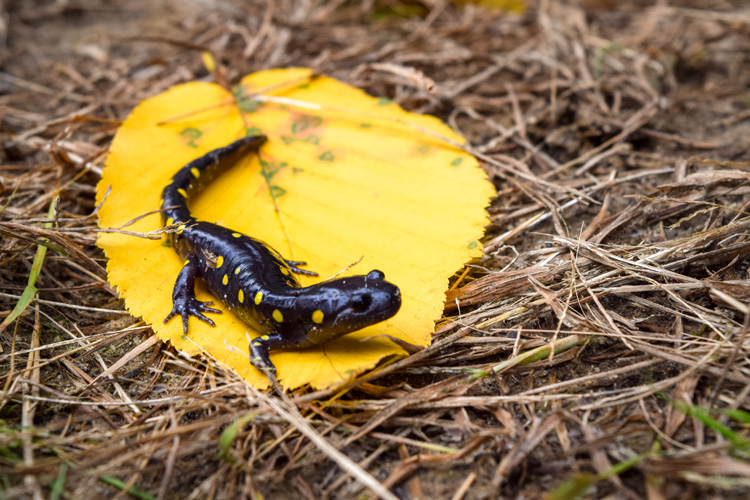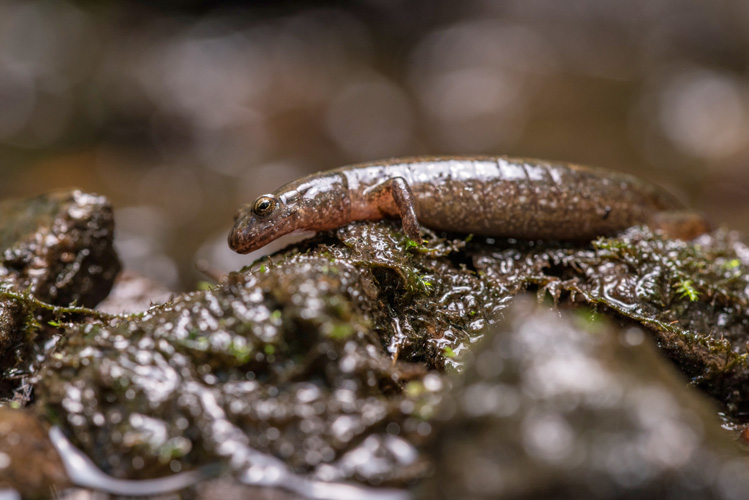Warming spring days trigger amphibians like Wood Frogs and Spotted Salamanders to migrate to vernal pools to breed, often in great numbers, on the night of the first soaking rain above 45°F—a phenomenon known as “Big Night.”
Vernal pools are temporary, isolated ponds that form when spring rain and meltwater from ice and snow flood into woodland hollows and low meadows. These pools provide critical breeding habitat for certain amphibian and invertebrate species—since most vernal pools eventually dry up, they are inaccessible and inhospitable to predatory fish.
Wood Frogs are one of several species that rely on vernal pools to breed and reproduce. As you approach a vernal pool in early spring, you can hear a chorus of wood frogs “quacking” their breeding calls.
Learn more about vernal pools and their unique inhabitants—including a list of sanctuaries with vernal pools that you can visit—on our website and enjoy these five photos of wonderful Wood Frogs.

